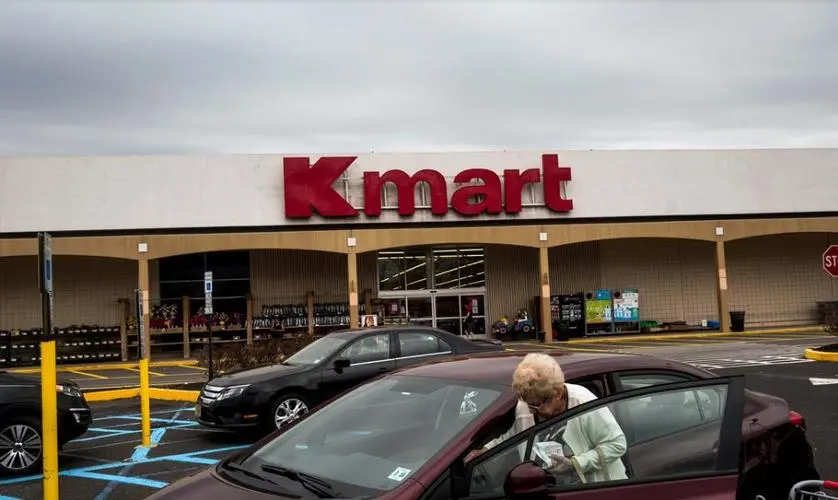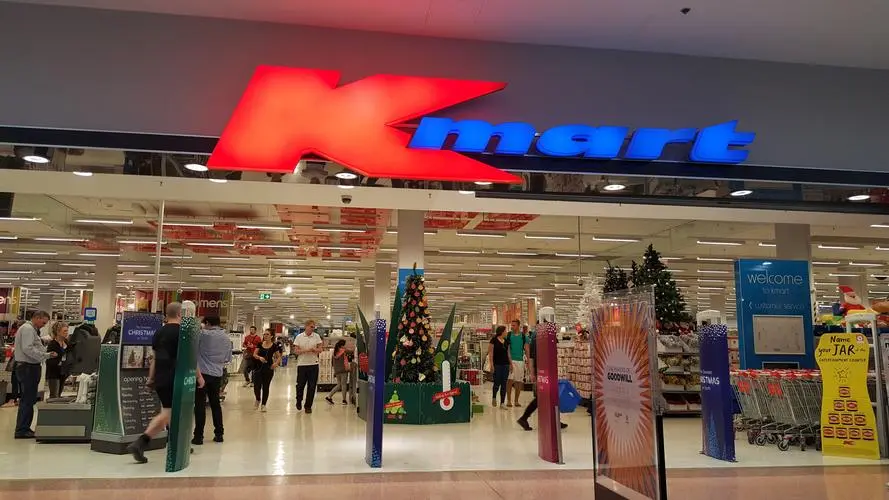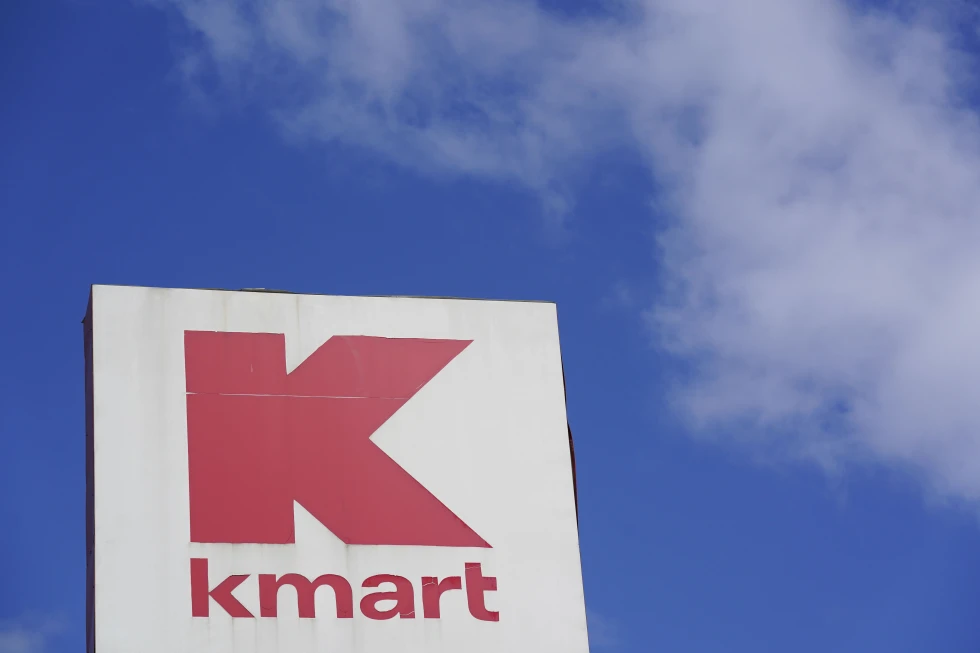The impending closure of Kmart’s last full-scale store in the mainland United States marks the conclusion of an era for a retail chain that once wielded significant influence in the American consumer landscape.
Situated in the affluent enclave of Bridgehampton, New York, this particular store epitomizes the decline of a storied brand that once rivaled giants like Walmart and Target.
The shuttering of this location on October 20 is not merely the closure of a retail outlet but a significant emblem of shifts in consumer behavior, economic challenges, and the relentless evolution of the retail industry.
Kmart, founded in 1962, rose to prominence in the 1980s and 1990s, flourishing within a unique niche characterized by its low prices and enticing promotions, most famously represented by the Blue Light Specials.
These strategic marketing tactics captivated consumers, drawing them into stores where they could find economically advantageous deals. However, as the retail environment shifted and new competitors emerged, Kmart’s response to changing market dynamics proved inadequate.
The rise of Walmart, with its extensive logistics network and focus on low-cost leadership, further eroded Kmart’s market share, culminating in the chain’s filing for Chapter 11 bankruptcy protection in early 2002, a drastic move that underscored the financial distress ravaging the company.
The 2002 bankruptcy filing was emblematic of broader trends affecting traditional retailers nationwide. As consumers increasingly pivoted towards discount stores and more fashionable offerings from Target, Kmart struggled to present a compelling value proposition that would resonate with a new generation of shoppers.

The decision to close over 250 stores during this period underscored a critical miscalculation in Kmart’s strategy — the failure to adapt effectively to evolving consumer preferences and an increasingly competitive landscape.
Following the consolidation with Sears, which itself was on a downward trajectory, the newly merged entity fought an uphill battle against the dual forces of economic downturns and the burgeoning dominance of e-commerce platforms, notably Amazon.
The financial challenges faced by Kmart were exacerbated by the 2008 recession, a catastrophic event that reshaped the retail industry and consumer behavior.
Consumers, wary of spending, gravitated towards retailers that provided not only low prices but also a seamless shopping experience.
Retail chains that could successfully integrate technology and innovation into their business models flourished, while others, like Kmart, saw their sales plummet and their store count dwindle drastically.
The once-thriving brand, which boasted over 2,000 locations at its zenith, saw its footprint drastically shrink, relegating it to a few surviving stores—now reduced to a mere remnant of its former glory.
As Kmart approaches its final days in the continental United States, it is essential to reflect on the broader implications of its decline.
This phenomenon is not an isolated incident but rather part of a larger narrative that encompasses shifts in consumer preferences, the impact of digital transformation on retail, and the necessity for traditional retailers to innovate continuously.
The struggle faced by Kmart serves as a cautionary tale for other retailers who may underestimate the challenges posed by market evolution; failing to adapt can result in dire consequences.
Moreover, the case of Kmart poignantly highlights the repercussions of management decisions that prioritize cost-cutting over strategic investment and growth.
The consolidation under Transformco following the acquisition of Sears and Kmart was intended to revive the brands but ultimately lacked the necessary vision to navigate a rapidly changing retail landscape.
Instead of revitalizing the brand through digital transformation and innovative marketing strategies, the focus remained on maintaining a dwindling number of physical stores, an approach that failed to resonate with modern consumers who increasingly prioritize convenience and experience.
The announcement of Kmart’s imminent closure in Bridgehampton underscores the continuing decline of a brand that once held a prominent position in American retail.
The nostalgic memories associated with Kmart’s Blue Light Specials evoke a sense of loss for many consumers who remember its heyday.
Despite efforts to revitalize the brand under Edward Lampert’s leadership, external factors such as the 2008 recession and the relentless competition from online retailers like Amazon have proven insurmountable.

With the impending closure of this last full-scale store, it becomes increasingly evident that Kmart, much like its counterpart Sears, is unable to compete effectively in a rapidly evolving retail landscape.
The legacy of these once-thriving stores serves as a poignant reminder of the challenges faced by traditional retailers in adapting to modern consumer preferences.
In conclusion, the closure of Kmart’s last full-scale store on the mainland United States is a solemn reminder of the impermanence inherent in the retail landscape.
It signifies not only the end of a once-cherished shopping destination but also the culmination of a broader saga of adaptation, competition, and consumer choice.
While the brand may continue to exist in limited forms—such as the small store in Miami or a few remaining locations in Guam and the U.S.
Virgin Islands—the heart of Kmart’s legacy has faded, leaving behind lessons for the retail industry. As the business landscape evolves, it serves well for contemporary retailers to draw insights from Kmart’s journey, understanding that success in today’s market requires resilience, innovation, and an unrelenting focus on consumer needs.
